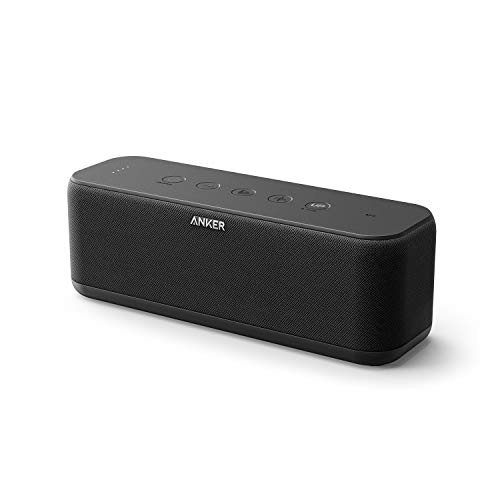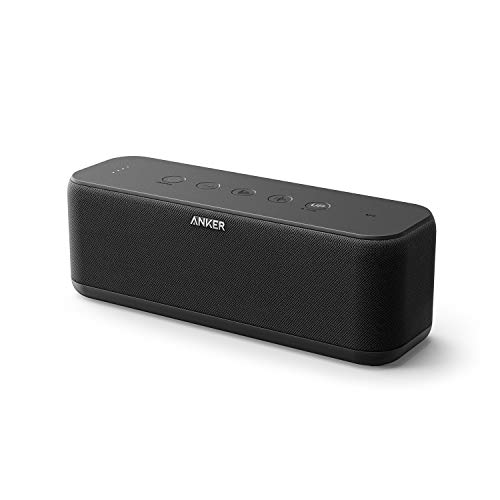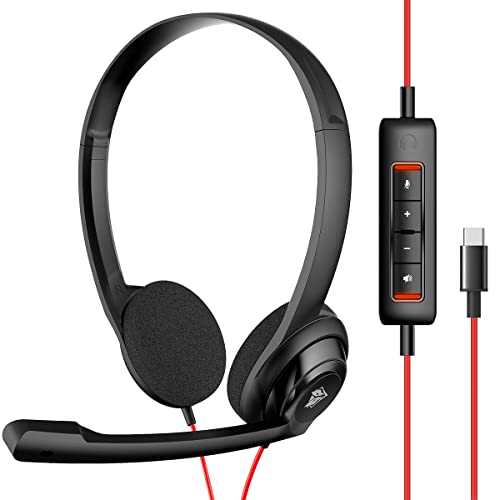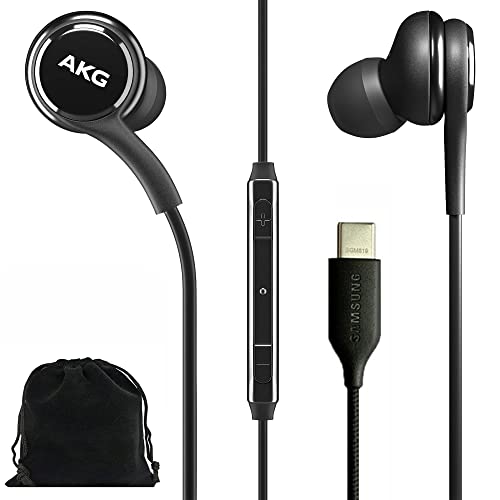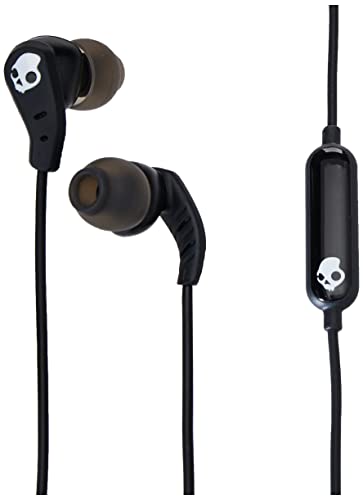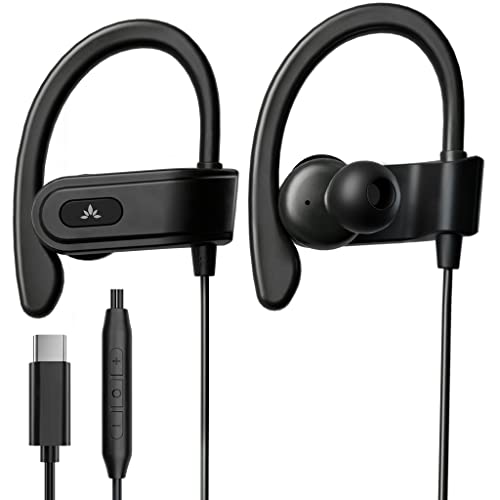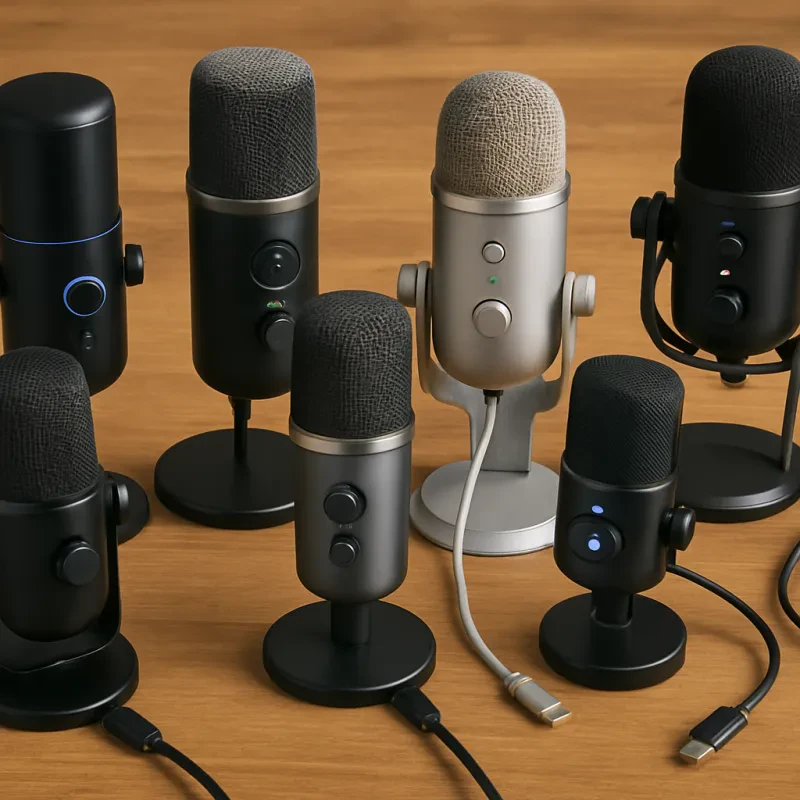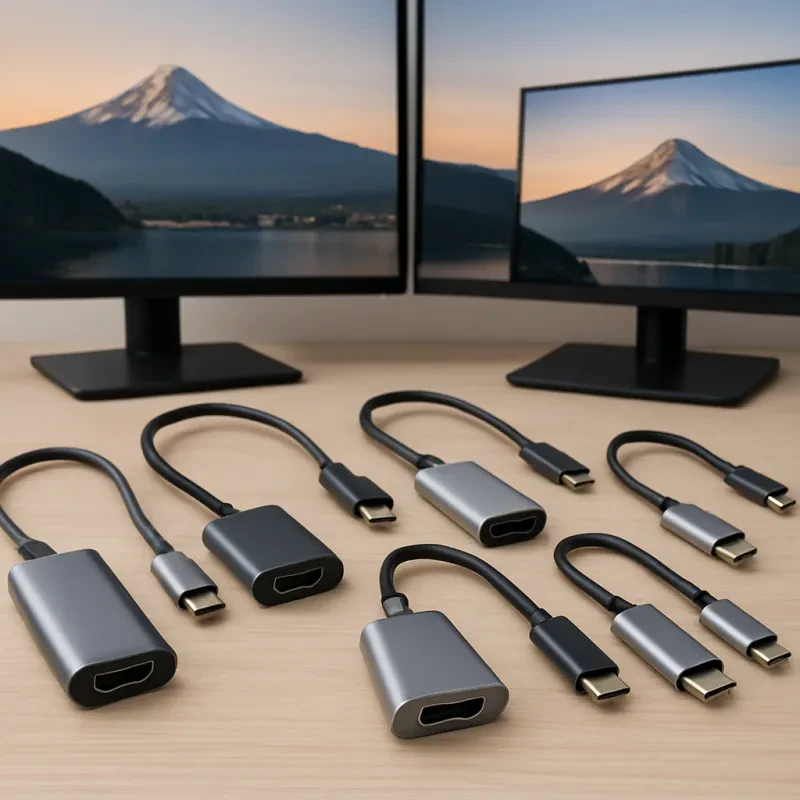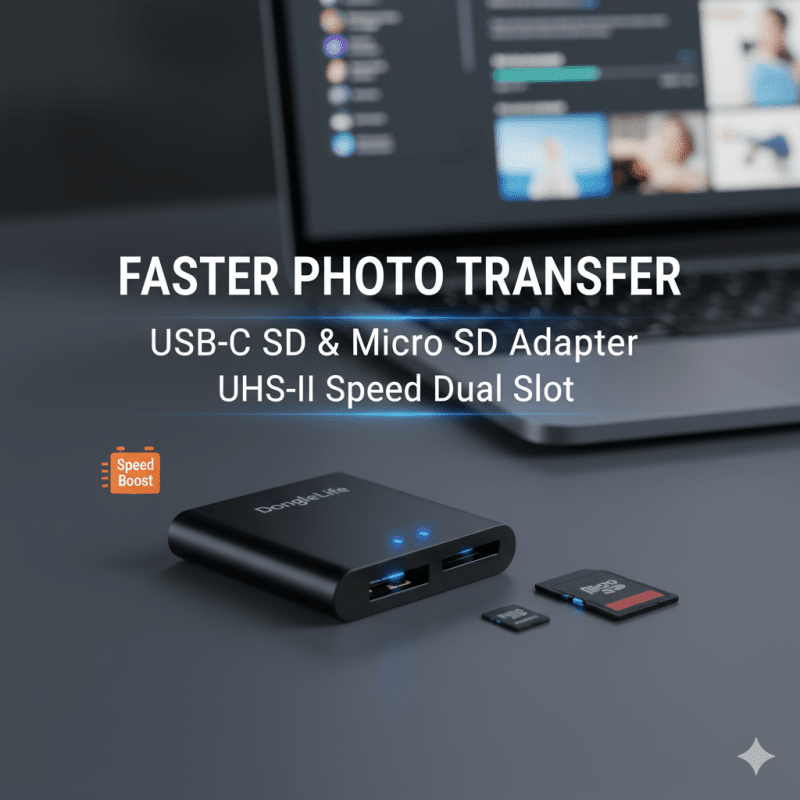The Future of Audio: A Comprehensive Guide to USB-C Audio
As technology advances, so does the way we listen to music and audio. With the introduction of USB-C, audio is taking a new direction. USB-C audio has been on the rise since the release of the first USB-C enabled smartphones, and it is set to become the new standard in audio. In this article, we will explore the different aspects of USB-C audio and how it will shape the future of audio.
What is USB-C Audio?
USB-C audio is an audio interface that uses the USB-C connector to transmit data between digital devices. This type of audio interface can be used with a variety of devices such as smartphones, laptops, and tablets. The introduction of USB-C audio has allowed for higher quality digital audio transmission, as USB-C can support higher data transfer rates than traditional 3.5mm analog audio ports.
The Advantages of USB-C Audio
USB-C audio has several advantages over traditional analog audio ports. One of the most significant advantages is the ability to transmit digital audio signals without any interference or noise. With traditional analog audio, there is always a chance of interference or noise from external sources. USB-C audio eliminates this issue, providing crystal clear audio quality.
Another significant advantage of USB-C audio is its ability to support higher data transfer rates. USB-C can support data transfer rates of up to 10 Gbps, which is much higher compared to traditional 3.5mm audio ports. This means that USB-C audio can support higher quality audio formats, such as lossless audio, providing a more immersive audio experience.
The Future of USB-C Audio
The future of USB-C audio is bright, and it is set to become the standard in audio as more devices adopt USB-C connectors. With the growing demand for higher quality audio, USB-C audio is the perfect solution to improve the overall audio experience. As more manufacturers integrate USB-C into their products, it is essential to ensure compatibility between devices.
The future of USB-C audio also introduces new possibilities for audio technology. With digital audio being transmitted through USB-C, it opens up new opportunities for customization and personalization of the audio experience. This includes the ability to apply equalizers, change sound settings, and even apply sound effects to enhance the overall listening experience.
Conclusion
USB-C audio is the future of audio, providing an improved and more immersive listening experience. The ability to transmit digital audio signals without any interference or noise, coupled with the ability to support higher data transfer rates, makes USB-C audio the perfect solution for high-quality audio transmission. As more devices adopt USB-C connectors, we can expect to see an increase in the adoption of USB-C audio over traditional analog audio. The future of USB-C audio is exciting, and it is set to revolutionize the way we listen to music and audio.
Why USB-C Audio Matters: Understanding the Benefits and Drawbacks
The rise of USB-C audio has caused a lot of debate in the audio industry. Some people love the convenience and flexibility it provides, while others argue that it’s just another step towards a world where everything is digital, forgetting the benefits of analog audio. In this article, we’ll explore the benefits and drawbacks of USB-C audio and why it matters.
Benefits of USB-C Audio
One of the biggest advantages of USB-C audio is its compatibility with a wide range of devices. Unlike traditional audio jacks, USB-C ports support digital audio signals, meaning they can be used with smartphones, tablets, laptops, and other devices that have the USB-C port. This is particularly beneficial for smartphone users who don’t have a headphone jack, as it allows them to use wired headphones without needing to buy an adapter or special cable.
Another significant benefit of USB-C audio is its ability to deliver high-quality sound. USB-C audio supports digital audio signals, which means that it can carry higher-quality audio than analog signals. This makes it ideal for listening to music, watching movies, and playing games, as it provides a better overall experience.
Drawbacks of USB-C Audio
One of the main drawbacks of USB-C audio is compatibility issues. While USB-C is a standard, not all devices support it, meaning that some users may need to purchase additional adapters or cables to use USB-C headphones. This can be frustrating, especially for people who have just upgraded their headphones and now need to purchase additional equipment to use them.
Another drawback is the lack of customization options. With a traditional audio jack, users can adjust the sound settings on their device or use an equalizer app to fine-tune the audio. With USB-C audio, these options may not be available, limiting the user’s ability to tailor their audio experience.
Conclusion
In conclusion, USB-C audio has both benefits and drawbacks. Its compatibility with a wide range of devices and ability to deliver high-quality sound make it a great option for many users. However, its lack of compatibility with some devices and limited customization options may not be ideal for all users. Ultimately, it’s up to the individual to weigh the benefits and drawbacks and decide if USB-C audio is right for them.
Navigating the USB-C Audio Landscape: Top Products and Recommendations
Now that we've covered the basics of USB-C audio and the advantages it offers, it's time to take a closer look at some of the top products on the market and make some recommendations.
1. Google USB-C Earbuds
These earbuds were designed specifically for Google's Pixel smartphones, but they work with any device that has a USB-C port. They offer great sound quality and come with a variety of ear tips to ensure a comfortable fit. The inline remote also makes it easy to control playback and access Google Assistant.
2. Bose QuietComfort 35 II
If you're in the market for a high-end pair of noise-cancelling headphones, the Bose QuietComfort 35 II is definitely worth considering. These headphones feature USB-C charging and offer excellent sound quality and noise cancellation. The built-in Google Assistant is also a nice touch.
3. Essential HD Earphones
The Essential HD Earphones are a great choice for those on a budget. They offer decent sound quality and come with a built-in microphone and inline remote for controlling playback and answering calls. They also come with a variety of ear tips to ensure a comfortable fit.
4. Samsung Level U Pro
If you're looking for a pair of wireless earbuds with USB-C charging, the Samsung Level U Pro is a solid choice. These earbuds offer good sound quality and come with a variety of ear tips and wings to ensure a comfortable and secure fit. They also feature a built-in microphone and inline controls for music playback and calls.
5. Razer Hammerhead USB-C
The Razer Hammerhead USB-C is a great choice for gamers or anyone looking for a pair of earbuds with excellent bass response. They feature a custom-tuned DAC for improved sound quality and come with a built-in microphone and inline controls for music playback and calls.
Conclusion
As you can see, there are plenty of great USB-C audio products on the market to choose from, regardless of your budget or needs. Whether you're looking for earbuds, headphones, or wireless options, there's something out there for everyone. Just be sure to do your research and read reviews before making a purchase to ensure you're getting the best product for your money.
Anker Soundcore Boost USB-C Bluetooth Speaker
Experience Incredible Sound Quality with Anker Soundcore Boost's USB-C Bluetooth Technology
Product information
£57.99
Product Review Score
4.72 out of 5 stars
81 reviewsProduct links
